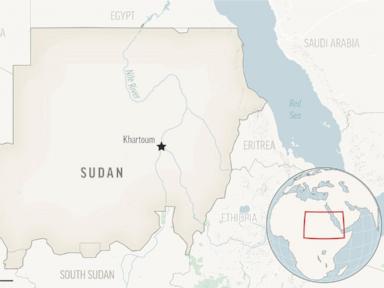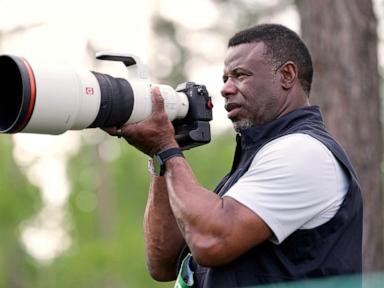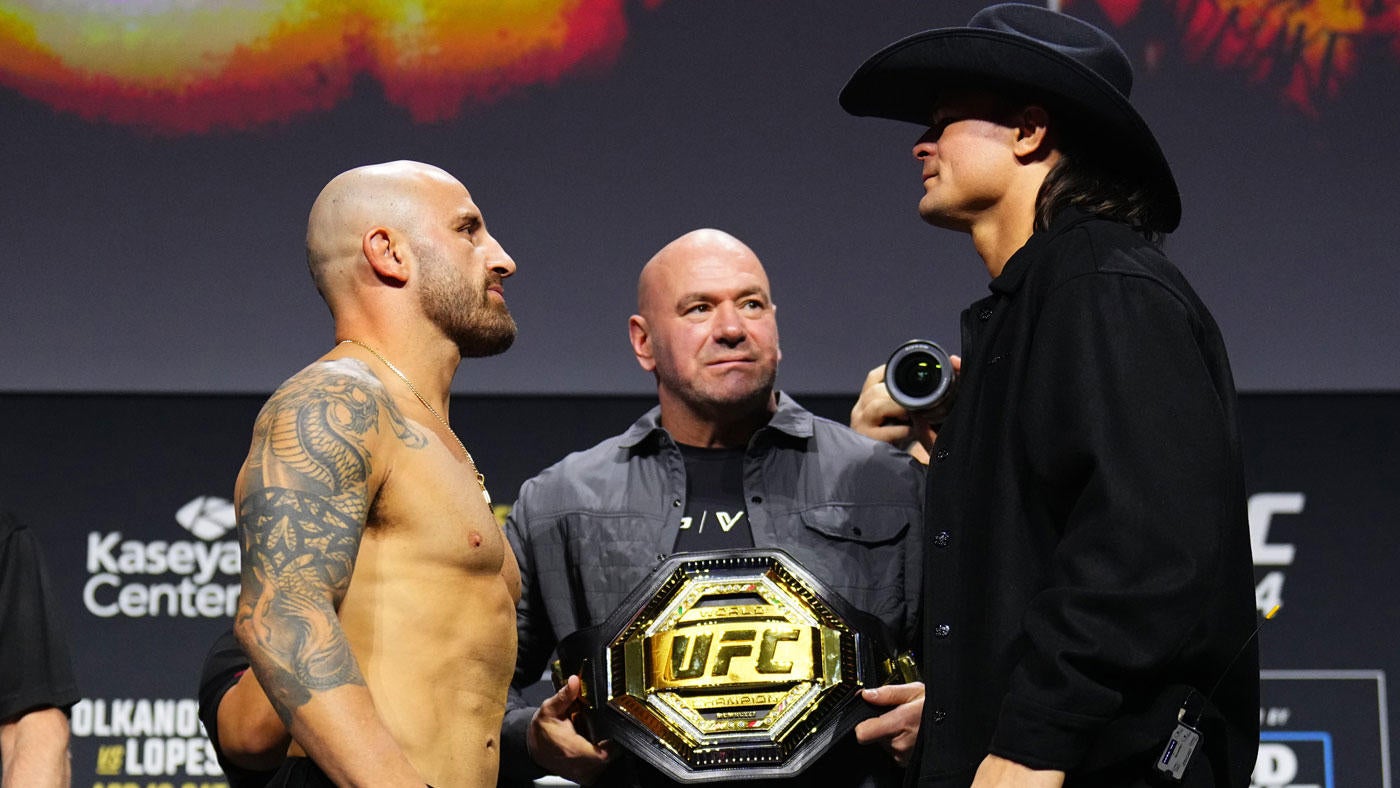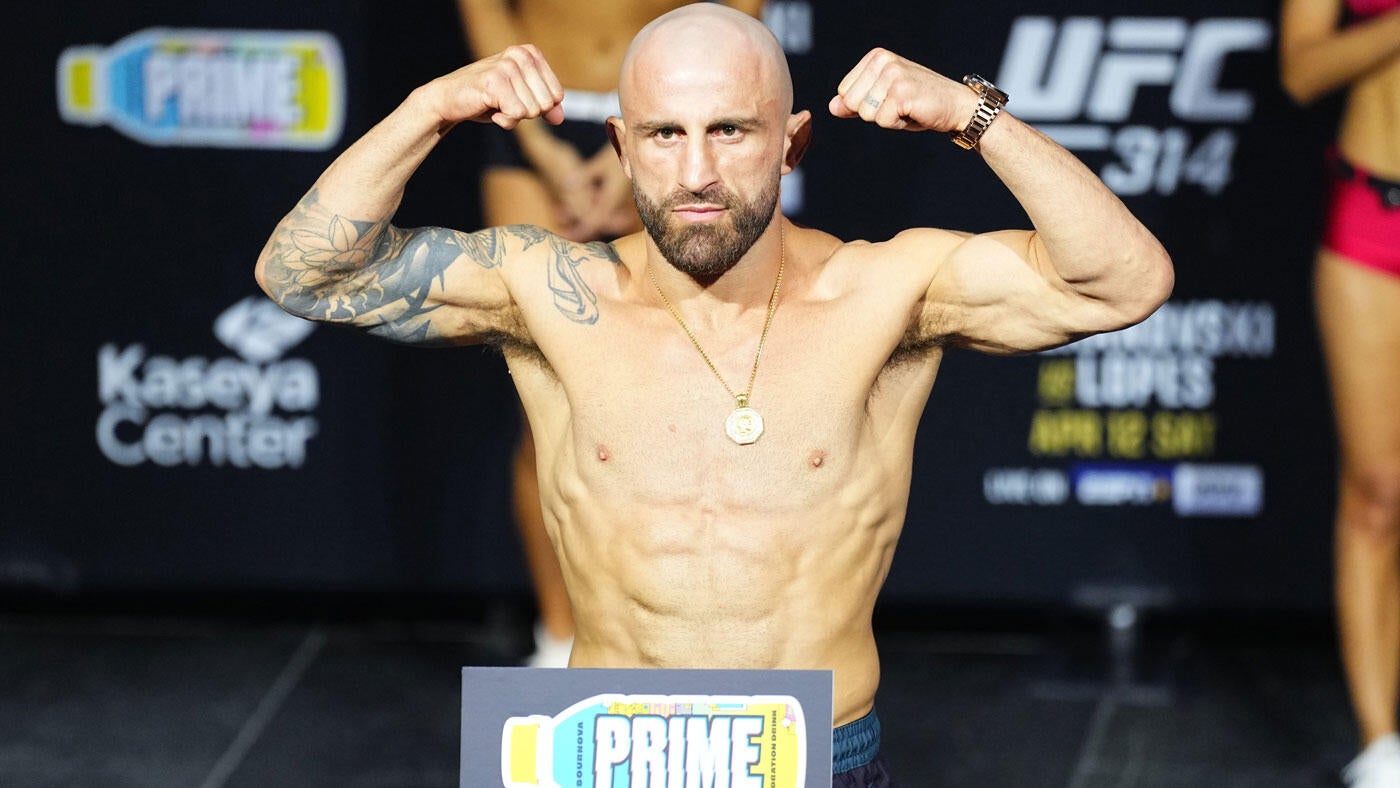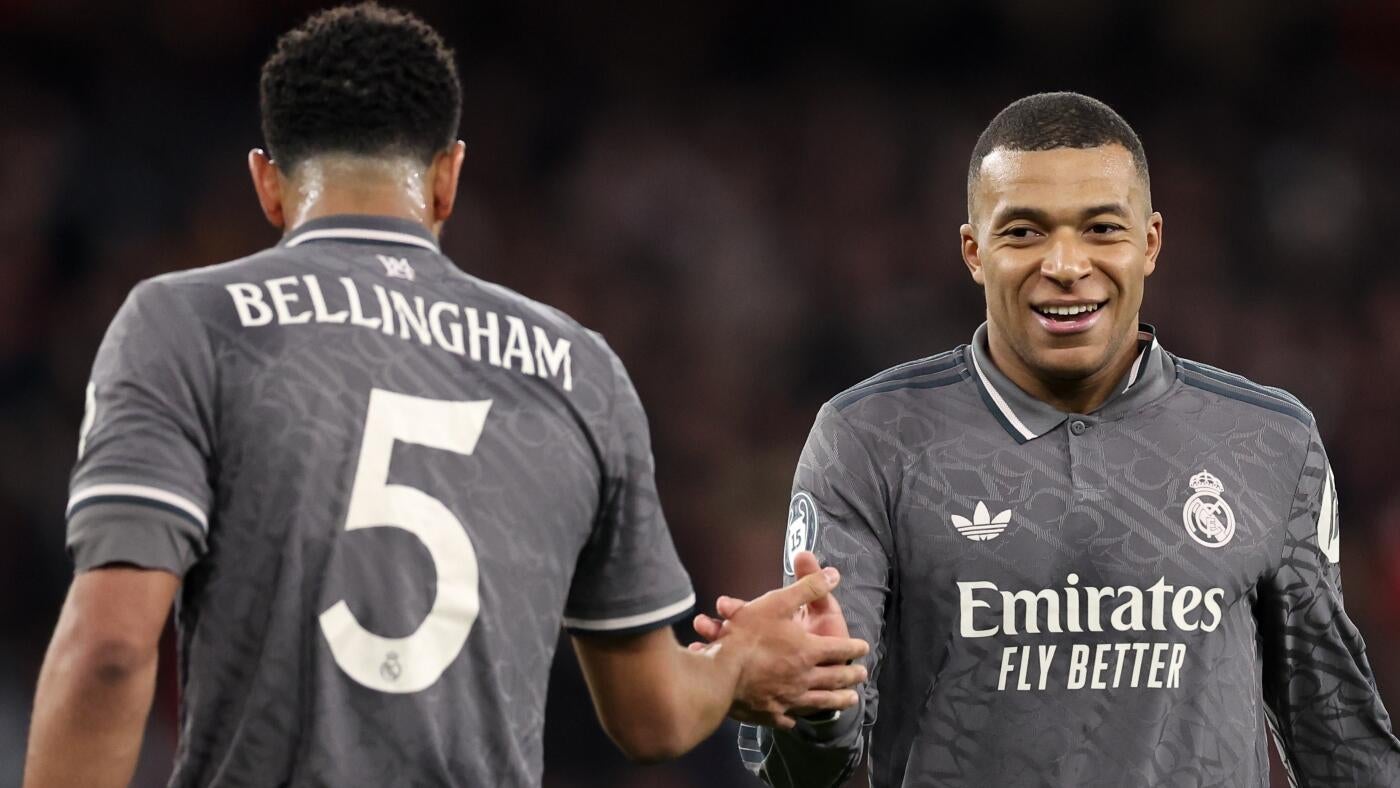
It could easily have been a scene from a movie, or at the very least a commercial.
In 2005, the tension was palpable as Tiger Woods’ Nike ball tracked towards the 16th hole at Augusta National. Its momentum slowed to a pause for a moment, and then – with one more revolution – it revealed the iconic Nike swoosh and dropped into the cup.
The roar from the patrons was deafening as Woods strode off the green, clinching his fourth Masters title shortly afterwards. The magnitude of the moment wasn’t lost on anyone who’d witnessed it as it instantly became one of the greatest highlights in the history of broadcast sports and is remembered as such 20 years later.
But we might never have seen it. The television viewers at home might only have heard it.
Lance Barrow had a ringside seat to the events of that day as the coordinating producer for CBS’s golf coverage of the 69th Masters Tournament.
“I saw Tiger hit shots that no other human being possibly could,” he told CNN Sports, adding that this birdie attempt, a tricky chip shot from up against the second cut on the edge of the green, was likely the best golf shot that he was ever a part of.
“You think about all the things that could have gone wrong and there’s only a few things that could have gone right,” he said. “There was a possibility that Tiger could knock it in a bunker or knock it in the water. He hit the shot, it went in the hole, and 20 years later, we’re still talking about it.”
Describing his role as the head coach of the broadcast team, Barrow sat in the front row of the operations room in the truck. Ahead of him was an array of some 200 screens, each offering a view from one of the many cameras on the course, a replay clip or a graphics package. To his right was the director Steve Milton and then the technical director Norm Patterson, the man who punched the buttons on the vision mixer.
As Woods paced back and forth on the green to assess his options for the shot, the tension was building. He was trailing Chris di Marco by a stroke, and he needed to pull off something special. Barrow says he wasn’t following the action on the main screen in front of him, the “on-air feed” that corresponds to what the viewers see at home.

“If you start looking at the main monitor,” he explained, “you become a fan and you forget what you’re supposed to do. I’m not really watching, because I’m thinking what am I going to do next.”
As Barrow relives the moment, he recalls something that he and many of his peers were told by one of their mentors when they were starting out in the business: “There’s nothing more boring than a stationary ball.” And so, when it looked like the ball had stalled on the edge of the cup, director Milton called for a shot-change to a close-up of Woods, who was crouching by the side of the green in a state of agonized expectation.
“When the ball went in,” said Barrow, “Replay producer Jim Rikhoff hits me in the shoulder as hard as I’ve ever been hit ...




